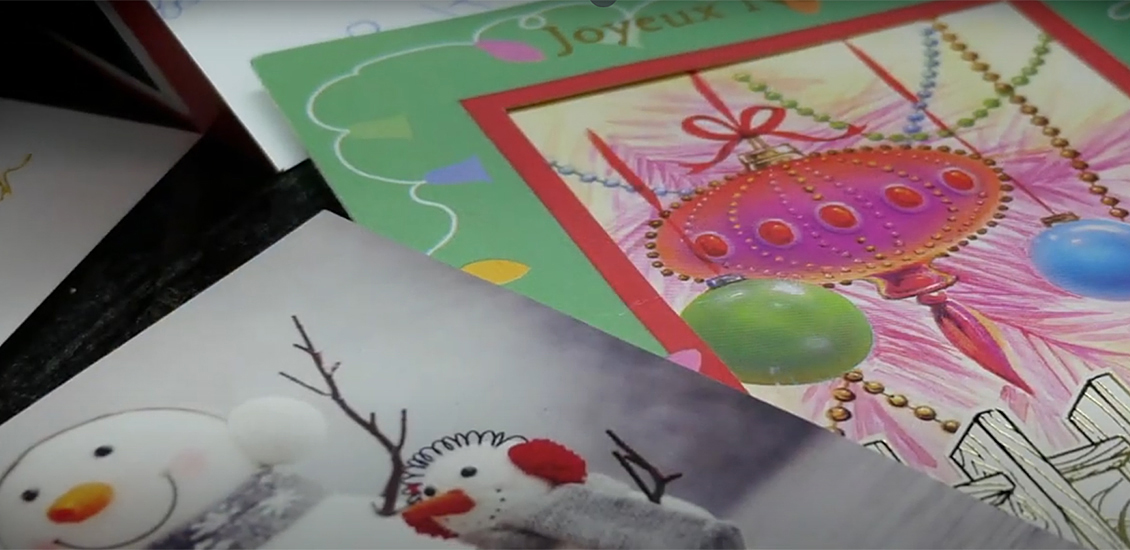Over the years, we all receive many greeting cards from people we care about, with memories we would like to preserve.
A few simple steps can help you preserve these memories, both for yourselves and for future generations.

- Remember to identify the cards you receive. If you have not already done so, indicate the date you received the card, the name of the person who sent it to you, and your relationship with that person. When recording this information, choose an area on the card that does not obscure its image or message, and use a pencil if possible.
- Keep your greeting cards away from light and dust, avoiding areas that are too wet or too dry, or subject to significant variations in temperature (e.g., basement or attic).
- If you are placing your cards in an album, it is best to use archival-quality plastic sleeves or photo pages, depending on the size of your cards. Avoid attaching your cards to pages or cardboard with glue or tape. This will damage them, often permanently.
- If you are using a keepsake box, consider laying your cards flat, arranged so that large cards do not overhang smaller cards, which could distort them over time. Make sure that your box is also large enough to allow larger cards to lay perfectly flat.
- For longer-term archival storage, use acid-free, letter- or legal-sized document storage boxes. Place your cards in acid-free folders, making sure not to overload the folders. Do not exceed 1 cm in thickness. In addition, make sure that your folders are sufficiently rigid, adding extra support if necessary. This will prevent your precious cards from being distorted.
A little bit about Benoit!
Benoît Thériault has been a reference archivist, specializing in textual collections, since 1992. His work involves guiding internal and external researchers from all over the world, as they research one of the many areas related to the Museum’s fields of expertise: Indigenous studies, archaeology, Canadian history, cultural studies, museology, etc.
Benoît is interested in all these areas, but has a preference for the study of traditional cultures.

